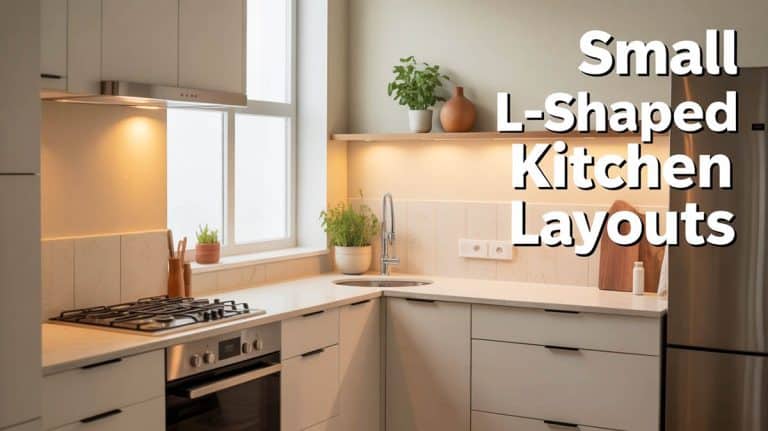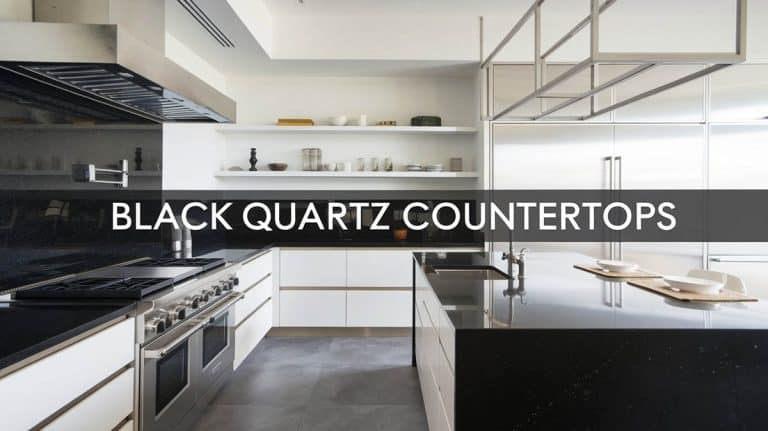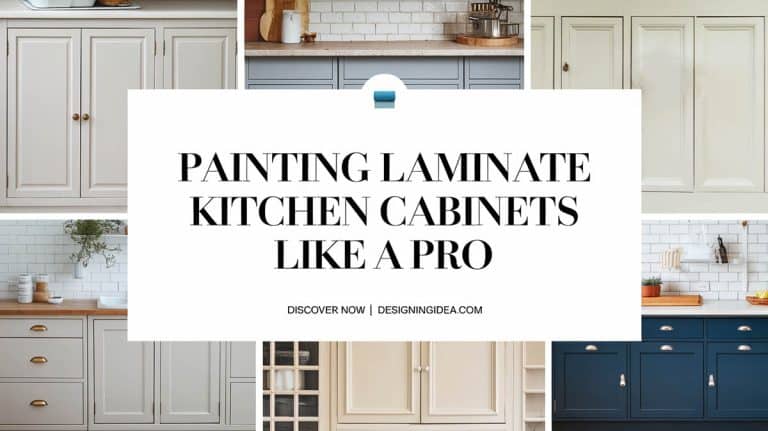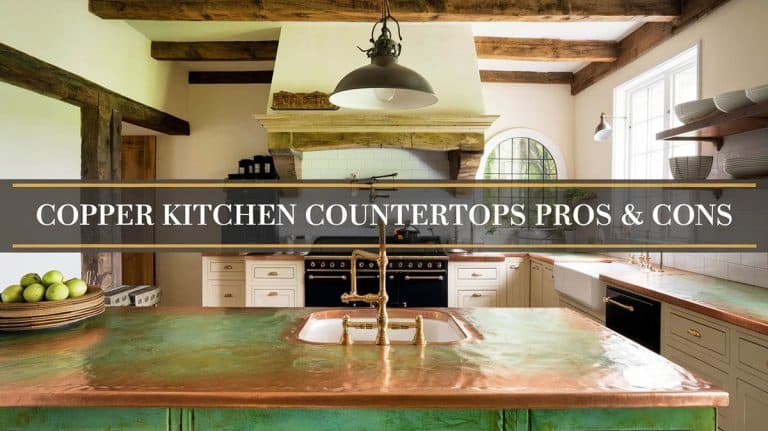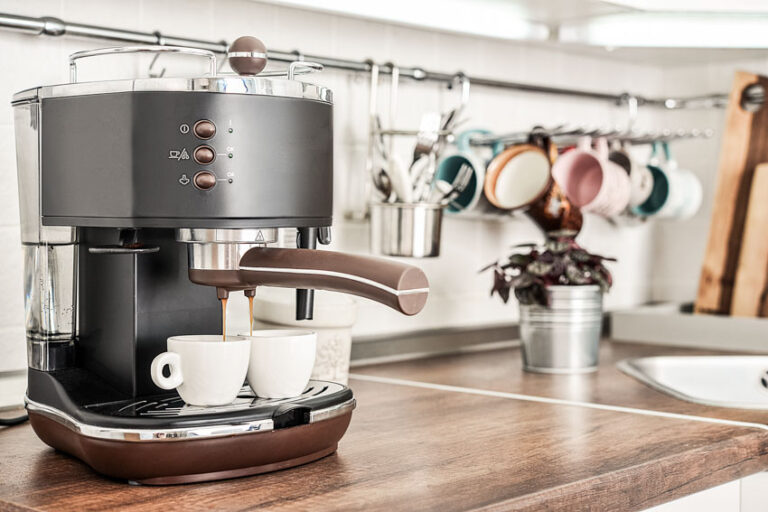Fluted Kitchen Cabinets (Ideas & Pictures)
You’ve probably seen the grooved surfaces before on everything from vintage art deco-style buildings to furniture and even kitchen cabinets. Fluting treatment has been around for centuries, and today, the simple yet striking aesthetic has found its way to modern interiors, casting a lasting impression. Fluted kitchen cabinets are definitely a trend worth considering for your next remodel project.
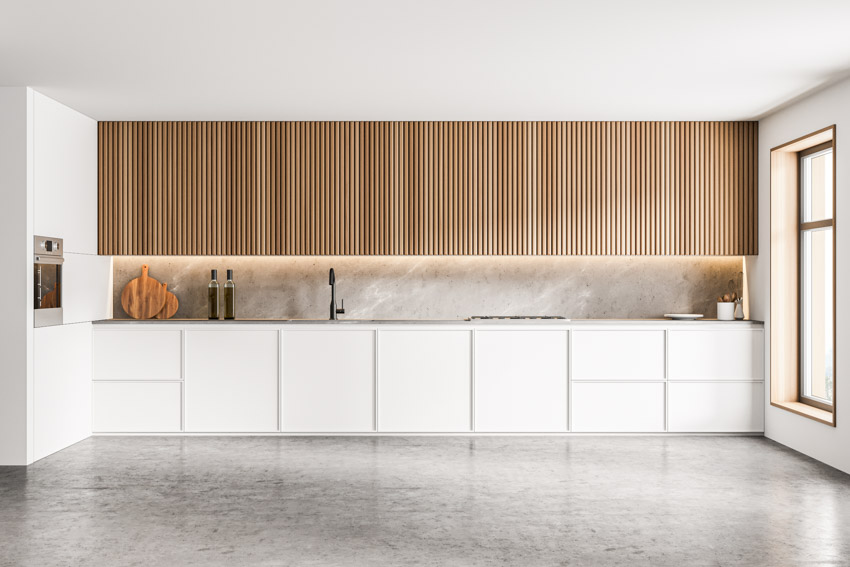
They are a break from your traditional cabinetry construction, and the historic architectural element is intriguing, even with the most modern themed home. While wood-paneled backdrops are also making a trend in today’s modern interior, paneling has a wider, more rustic look. Meanwhile, fluted kitchen cabinets have that delicate and sleek characteristic favorable for a modern or minimalistic look.
What Are Fluted Cabinets?

Fluted cabinets are when the exterior surfaces of your cabinet’s side panels are covered with a series of vertical strips (usually wood molding), creating a shallow, grooved surface. You’ll also find hardwood panels with a series of vertical grooves dented on their surface.
These grooved panels usually come in modular sizes that are then constructed into the cabinet side panels, not needing to add the second layer of strips. Wood is a popular material for vertical pattern door designs, but you’ll also find laminated, HDF, Acrylic, and thermofoil cabinets, among others.
The fluting treatment on the surface of your cabinets is mainly for decorative function, which gives it a sleek and clean yet textured look. Fluting in furniture and other architectural elements has been derived from the vertical shafts of Egyptian columns, which emulated the reeds tied together in bundles. Other terms associated with the fluting treatment are ribbed, scalloped, and ridged.
Fluted Wood Kitchen Cabinets

Whether you’re going for the painted or natural finish, fluted wood kitchen cabinets look great with any color. A good selection of vertically textured cabinets is available, but you can also create them as a DIY project. Depending on whether you need to cover a section or the whole wall of cabinets, you’ll need many trims and iron-on wood veneers for the edges.
When sprucing up an existing wood cabinet with the fluting detail, there is a wide range of trim widths and profiles for you to choose from, but the most common trim sizes you can use for your fluted wood cabinet are ¾” to 1″ half-rounds.
For your DIY ridged cabinet, it is important to calculate the spacing between flutes. Be mindful of not ending up with a half flute in between doors. See more DIY grooved kitchen cabinets here.
Fluted Cabinet Doors
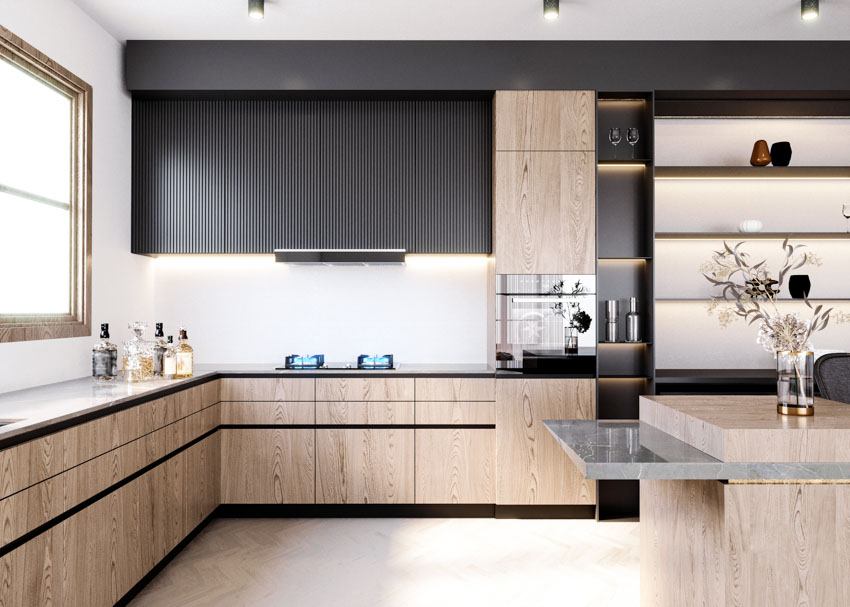
Like your wood kitchen cabinets with fluting, you can either purchase a ready-made ridge panel cabinet or add the textured door treatment yourself. You can purchase grooved cabinet doors separately, so you can simply detach your existing door and add the ridged door panels.
Big furniture shops typically have door options for their cabinets, and you’ll likely find slatted doors in varying colors and finishes for that particular furniture product line.
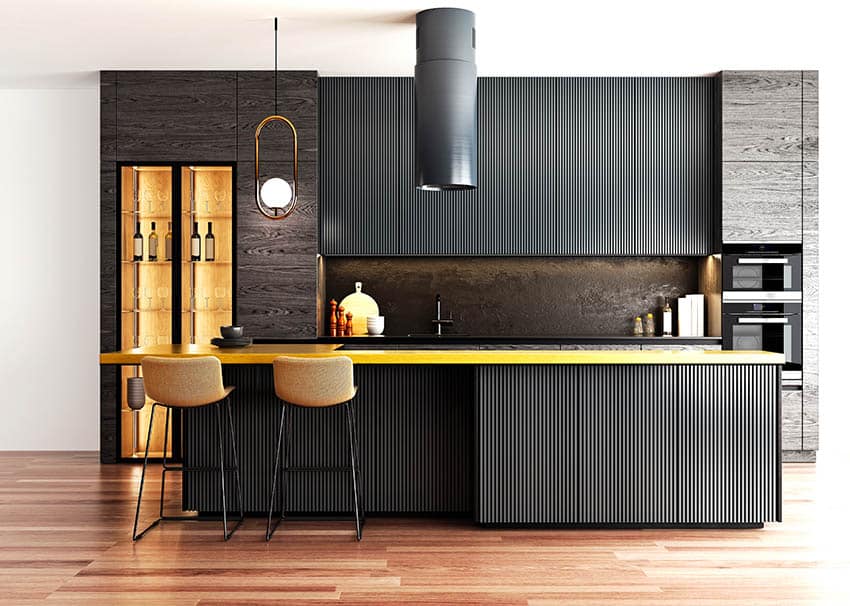
Adding fluted fillers to an ordinary framed cabinet door can also be an option and is likely cheaper for a DIY project. These are small panels with vertical grooves that can be cut using your miter saw to fit side by side on the surface of your cabinet doors. Use liquid nails to secure your fluting fillers on the cabinet doors.
Fluted Glass Doors

A fluted glass kitchen cabinet door can protect your cooking items from dust or dirt while still having a visual cue on the items inside. The vertical grooves also add texture to your interior without being too busy or overbearing to the rest of your aesthetic.
Matching your channeled glass with a matte black metal frame for a contemporary vibe or a painted wood cabinet frame will equally create a good-looking cabinet.
If you’re concerned with glass breaking or the weight of the glass doors, you’ll find acrylic material as a good alternative, though it’s harder to find ready-made textured acrylic kitchen cabinets.
Fluted Wood Kitchen Island
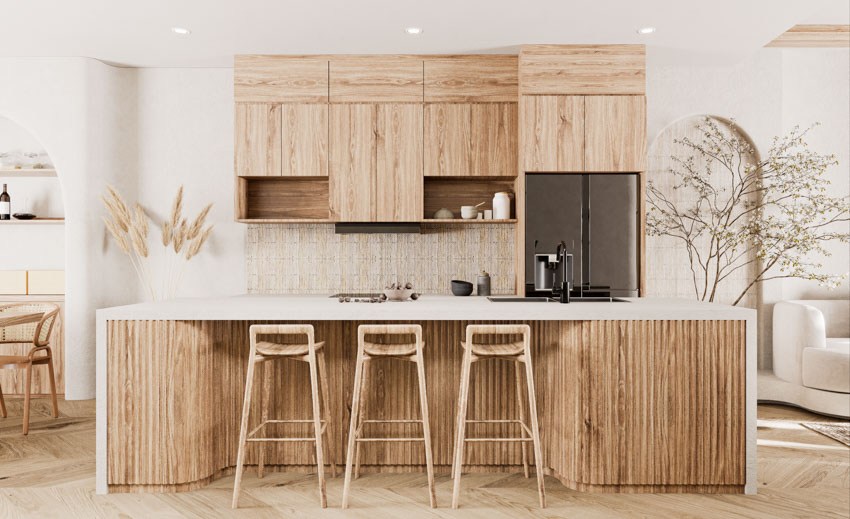
When you’re looking for a way to tone down the brutalist look of your stone counters, or you simply want to add chic or elegant detail to your white-washed cabinetry, a fluted kitchen island is a great option. Fluting treatment is an uncomplicated construction that even first-time DIYers can easily put together.
The sleek vertical strips running through the sides of your island cabinet create a contrasting dimension to your horizontal island counter. Whether you have a straight-edged island design or a curved one, the flutings create a pleasing visual aesthetic.
You can install treated wood moldings or panels or have a more moisture-resistant MDF, stainless steel, PVC, or glass. You’ll also find corrugated claddings with matching stone or marble patterns to match whichever types of kitchen backsplash you’re using.
Curved grooved islands are trending as they provide a continuous flow of spaces where you can run the flutings around the island. Trims or molds with slender widths exist depending on your preference and the size of your island cabinet.
You can also go with half-arched molds. You do have the option to deviate from the continuous vertical arrangement and have some sections diagonal or horizontal to add dimension to the look.
When creating something bespoke, it’s important to calculate the spacing between the flutes so you don’t end up on a half flute between doors, so it can take some mathematics. Another option altogether is to use a beadboard kitchen cabinet design which includes a small bead in between the grooves.
What Is A Fluted Filler?
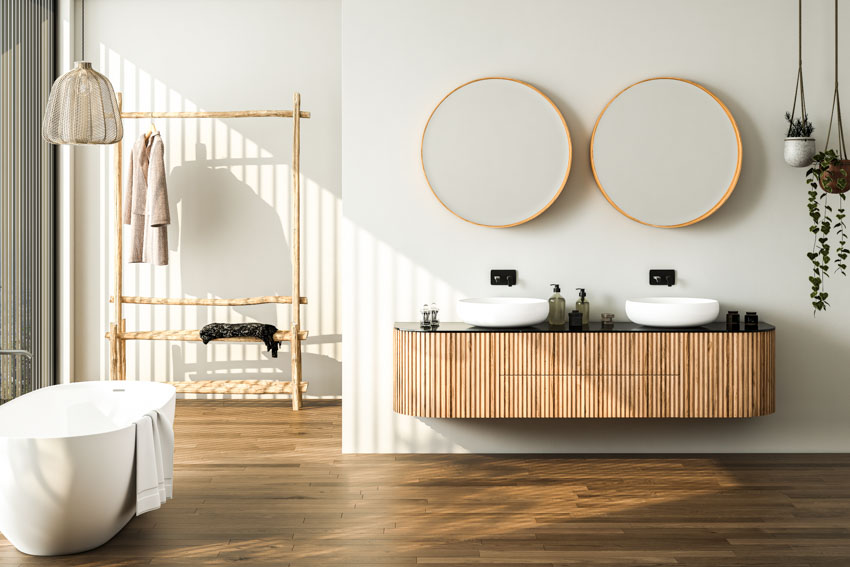
A fluted filler is a small panel with repetitive vertical grooves or scalloped details running through the panel, resulting in a textured surface. The channel filler panel is used on cabinets or furniture to add textured detail in between doors or is also used to conceal gaps.
You can purchase custom widths of fluted fillers from 3 inches to 15-15/16 inches with a variety of wood finishes and materials. A fancier version of filler is the pilaster, which is distinctly more ornate, usually having top and bottom corbels typically pre-attached when purchased.
The pillars are mainly used to create an illusion of having pillars on your cabinet or the corners of your kitchen island or bars.
See more related content in our article about MDF kitchen cabinets on this page.

